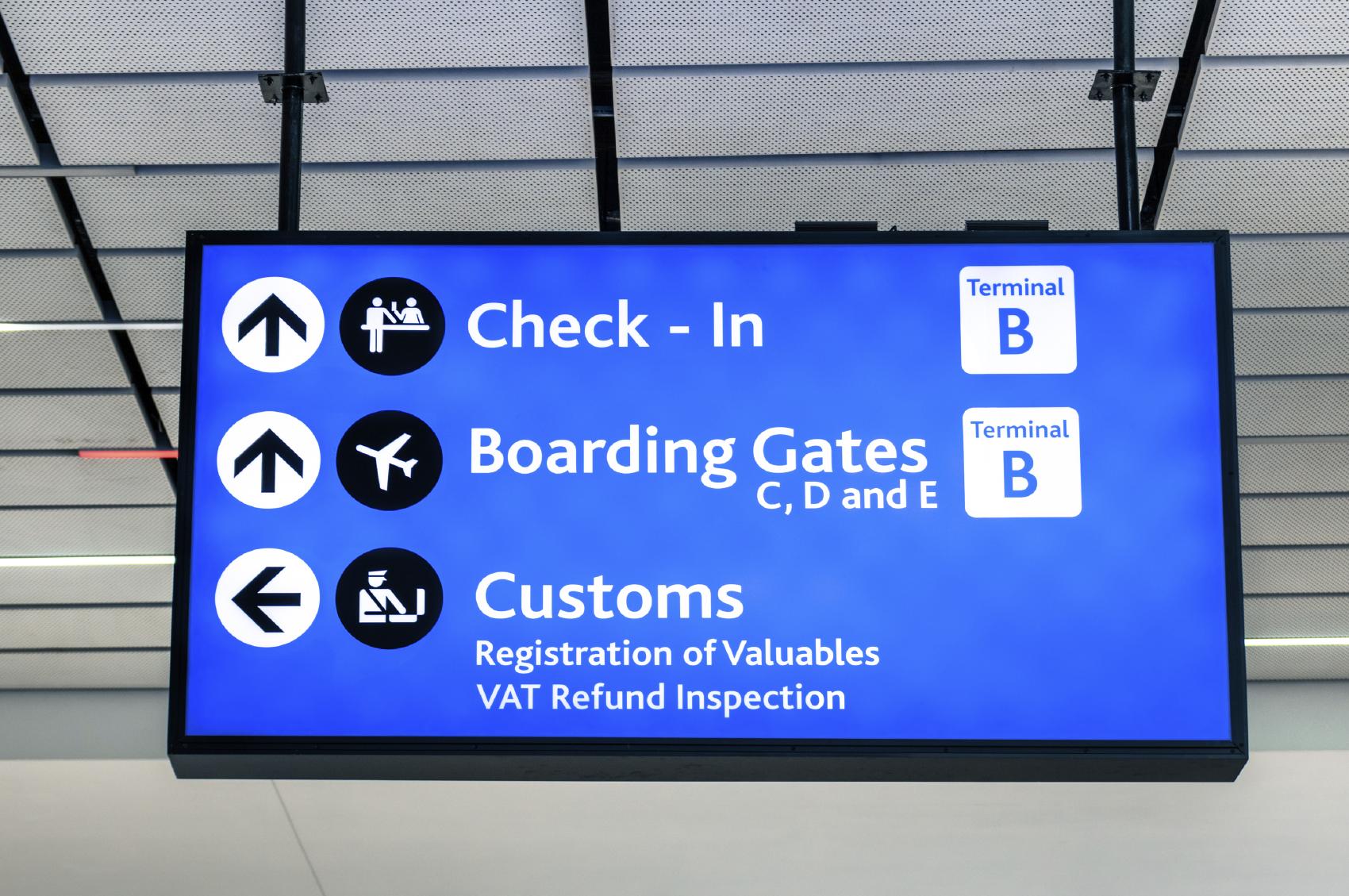Are Four-Digit Flight Numbers Endangered?

Info sign at international airport - Directions for check in and boarding gates - Registrations and custom at terminal connections
While airlines made an art out of engineering flight numbers to commemorate routes and destinations, the practice of four-digit designators could be at risk. As airlines merge and expand, some carriers are running out of flight numbers – putting the future of memorable flight IDs is at stake.
Even though you may have never flown to FAT or SUX, these unique airline codes help you remember two otherwise unremarkable airports: Fresno Yosemite International Airport in California (FAT) and Sioux Gateway Airport (SUX) in Iowa, respectively.
In similar fashion, airlines often put similar thought into flight numbers: a carrier’s Flight 1 is often considered their flagship service, while flights to Las Vegas may have the numbers 777 or 711. However, the practice of original numbers to reflect a destination or route may be coming to an end.
The Los Angeles Times notes that airlines are facing a unique problem that they did not anticipate before the consolidation era: running out of flight numbers. International carriers have agreed to limit flight identifiers to four-digits, with exceptions on universally unlucky numbers (13 and 666), operational numbers (737 or 320), or flights that previously ended in disaster. Further rules on how numbers can be used complicate things even more: For example, many flights beginning in 9 are non-revenue ferry flights for airlines to transport equipment or employees.
The problem is not a new situation. In 2015, Southwest Airlines noted that they were running out of numbers at an alarming pace due to their expansion. One solution is to share numbers for flights with multiple destinations, or recycling the sane number for a flight leaving a hub, just to immediately return.
Can the number limit be changed? Possibly, but not without a change in technology. Brett Snyder of CrankyFlyer.com told the Los Angeles Times that because airline computers are hard-coded for four-digit flight identifiers, the available combinations are limited.
While everyone notes the changes need to come, how they will arrive has not yet been determined. For now, enjoy four-digit flight numbers while they last – because a future flight could add a fifth number, or even letters to the equation.
Boarding soon: Flight LOSE, from FAT to SUX.
[Photo: Shutterstock]























Same problem the phone company went through in the 1960s. Area codes solved it.
I guess they could start putting letters into the mix and the number of available flight numbers would increase dramatically (24 additional characters). So a swa flight like described above could have an 'a' and 'b' designation even if just 3 digits. The only problem with this solution would be some reprogramming of systems that expect only a digit for a flight number.
Most airlines would not necessarily be running out flight numbers if they hadn't reserved large blocks for certain meanings, like codeshares with certain airlines or flights handled by subsidiary or subcontractor airlines. Many of these blocks are underused, but there's a policy of using each block only for a specific purpose. Thus even with 9xxx ruled out, there's way less than 8999 flight number available per airline, the way they've set it up.